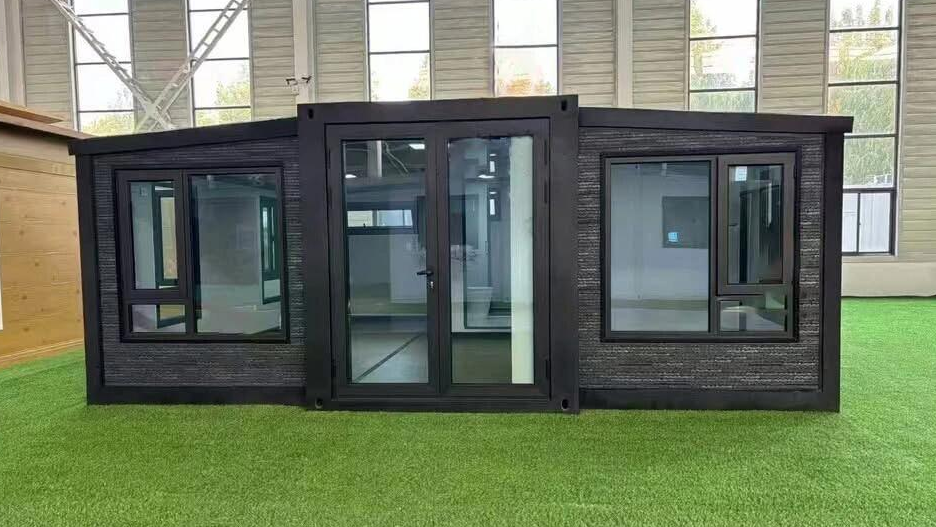
Mobile Folding Homes: A Green Building Revolution in the Australian Market
In recent years, mobile folding homes have rapidly gained popularity in the global market due to their environmental, economical, and efficient features. This trend is particularly evident in Australia, where, from temporary housing to commercial warehousing, from camping sites to emergency medical facilities, mobile folding homes are becoming a new favorite in the construction industry. This article will analyze the core reasons for their popularity in the Australian market and look at future development prospects.
1. Surging Overseas Demand: Huge Potential in the Australian Market
Data from Alibaba International Station shows that Chinese-made mobile folding homes have become a global hot commodity since the pandemic, with online transaction volume (GMV) increasing by 117% over the past two years. This trend is also evident in Australia:
Infrastructure Boom: The Australian government plans to invest A$120 billion in infrastructure by 2025, including remote housing and new energy facilities (such as charging stations).
Emergency Needs: After the 2024 Queensland floods, over 500 folding homes were used for post-disaster resettlement, three times faster than traditional construction.
Tourism and Camping: Australia's camping industry is experiencing 12% annual growth, with the glamping market favoring modular, mobile accommodation.
Four Core Advantages Driving Market Adoption
1. Durable & Long-Lasting Materials
Using galvanized profiles and fiberglass colored steel sandwich panels, it is rust-resistant and fire-resistant (complying with Australian AS1530.1 standards) and can withstand extreme climates (such as the Northern Territory's 50°C temperatures).
It can be folded over 1,000 times without deformation, making it suitable for mining and construction projects with frequent relocations.
2. Ultra-Low Transportation Costs
When folded, it stands only 45cm tall, allowing six units to fit into a standard container (compared to only one or two units for traditional prefabricated homes), reducing ocean freight costs by 70%.
3. Lightning-Fast Installation
One unit unfolds in just three minutes (operated by five people), eliminating the need for heavy machinery and making it suitable for emergency projects (such as makeshift hospitals and post-disaster housing).
Comparison: Traditional prefabricated homes require one to two days to assemble, while foldable homes are 50 times more efficient. 4. Fully Customizable Designs
Customizable sizes (6m-30m), colors (matching your corporate VI), and features (solar panels or smart home systems).
Innovative Applications: Charging station rest pods, mobile medical clinics, modular student housing.
Mobile folding houses are not only a technological innovation in construction, but also a pragmatic option for Australia to address its housing crisis and climate challenges. With the advancement of new technologies (such as AI-powered design and carbon fiber materials) and policy support (such as green building subsidies), this industry will reshape the future of Australian living.
